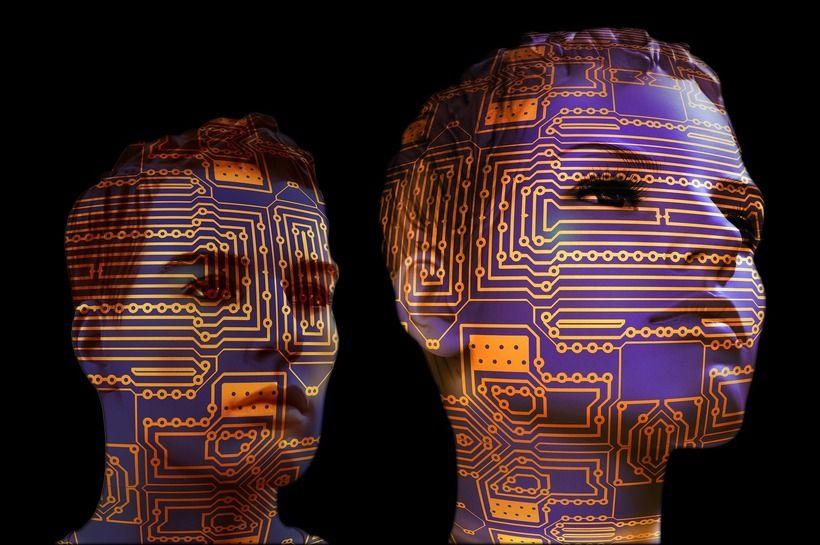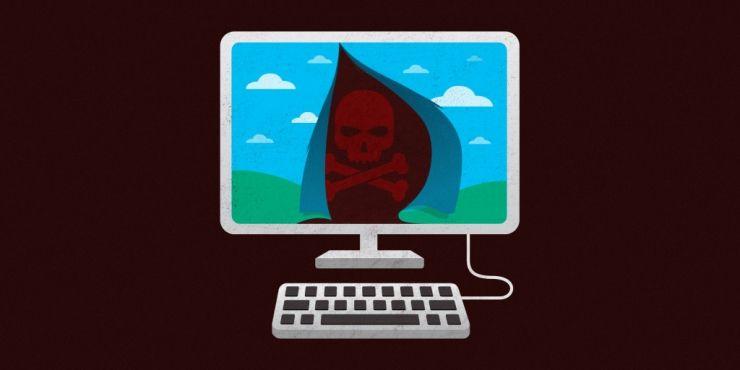
[Netease smart news August 21 news] Artificial intelligence (AI) roughly refers to the study and create some kind of information system, this system can use computer algorithms, as humans solve problems like some tasks that require human intelligence to complete , such as speech recognition, visual perception and decision making. Computers and software are not inherently self-aware, emotional or intelligent like humans. More precisely, they are just tools for performing coding, and they are intellectual inheritance for human programmers.
IBM uses artificial intelligence in security systems through Watson's "cognitive computing" platform. Watson is able to read a large amount of security research, publish about 60,000 security-related blog posts every month, and publish 10,000 reports every year. A large number of customers use Watson as part of their security intelligence and analytics platform.
Some scientists in the field of artificial intelligence believe that artificial intelligence robots will live and work with us for the next ten years. People have created some smart animated characters. For example, “Baby†is a virtual baby who can learn from experience and “feel†emotions. Adult virtual avatars can be plugged into an existing platform like Watson, which plainly puts the human face on the chat robot. Within a decade, humans are likely to interact with lifelike emotional-reaction artificial intelligence robots, just as the HBO TV drama “West World†and the film “I, Robot,†have shown. However, before this becomes a reality, robots need to keep up with the development of artificial intelligence technology.

As Stephen Hawking pointed out in 2014, "The short-term impact of artificial intelligence depends on who is in control and the long-term impact depends on whether it can be controlled." He believes we are at the cutting edge of science fiction movies. In 2014, Google acquired Deep 燤ind candle echnologies (an artificial intelligence company) and in 2016 it acquired the robot manufacturer Boston 燚ynamics. Google and other commercial companies will continue to invest in robots and artificial intelligence, perhaps creating the world of "I, Robot," where intelligent robots will roam on our streets.
Apple introduced the iPhone in 2007 and changed the world. Ten years later, about 44% of the world’s population has smartphones—in 2017, smart phones, like regular mobile phones in 2006, became part of our lives. We quickly adapted to this change. However, with the advancement of technology, in 2027, it is not difficult to imagine that we will now migrate to a series of applications and services around typical smartphones to other more convenient and smart devices. We will have "agents." Wrists, ears, face, and even other parts of the body are equipped with devices and sensors.
All of these are to pay a price. If we want artificial intelligence to enrich our lives, we must accept constant monitoring by equipment and technology giants. In many ways, we have already suffered such monitoring. Billions of people who use "smart" devices have agreed to these company's terms of service without reading the relevant content, and the terms of the content give these companies full control over the data and images we view. Of course, these companies vowed to encrypt our data and keep it confidential, but we must give them the key to control our lives in the process.
The new generation of malware will inevitably become part of the Internet ecosystem. It is an environmental software. That is, it understands its own situation and clearly defines its next steps. It behaves like a human hacker: performing reconnaissance missions. Determine goals, select attack methods, and intelligently avoid detection. The code used by the next generation of malware is the predecessor of artificial intelligence, replacing the traditional "or-the-other" code logic with a more complex decision tree. Automated malware works similar to branch prediction techniques in order to guess which branch of the decision tree should be taken before the action. The branch predictor keeps track of whether or not a branch is occupied, so when you encounter a conditional operation that you have seen before, predictions are made so that the software becomes more efficient over time.

The guiding principle of automated malware is to collect and analyze "aggressive intelligence", such as which types of devices can be used in the network, segmented traffic, in-use applications, transaction details, or the time of day-to-day events. The longer a threat stays in the host, the better it becomes to be able to operate independently, integrate into the environment, select tools based on the target platform, and ultimately take appropriate actions based on the security tools.
Artificial intelligence and machine learning are becoming important allies in cyber security. The predictive application supports machine learning to maintain the network. New security measures and countermeasures can also be automatically provided or updated because new devices, workloads, and services can be deployed or moved anywhere on the network—from endpoints to the cloud. Tightly integrated and automated security measures make the response to a comprehensive threat far stronger than the sum of all individual security solutions that protect the network, and this security measure is also part of the promise and danger of artificial intelligence.
If we compare cyberspace to a 3D board, the multi-layered movements and weaknesses constitute an exponential threat, and traditional thinking cannot cope with it. Einstein once said a famous saying: "We cannot use the same thinking to solve problems." Artificial intelligence allows us to upgrade cyber security issues and discover more advanced issues. Cognitive technology gives us new insights into current and future threats, allowing us to respond faster and more accurately. But the question is: Can we fight against virtual terrorism in the same way as other issues?
(Originally in English: HUFFPOST Translation: Netease Smart Compiled Robots?)
ZGAR Vape Pods 1.0
ZGAR electronic cigarette uses high-tech R&D, food grade disposable pods and high-quality raw material. A new design of gradient our disposable vape is impressive.We equip with breathing lights in the vape pen and pods.
Our team has very high requirements for product quality, taste allocation and packaging design. Designers only use Hong Kong designers, e-cigarette liquid only imports from the United States, materials are food grade, and assembly factory wants medical grade without ground workshop.
We offer best price, high quality Pod System Vape,Pods Systems Touch Screen,Empty Pod System, Pod Vape System,Disposable Pod device,Vape Pods to all over the world.


Pods,Vape Pods,Pod Systems,Atomizer, E-cigarette, Empty Pod Vape Manufacturer and Supplier in China
ZGAR INTERNATIONAL TRADING CO., LTD. , https://www.zgarvapepen.com
